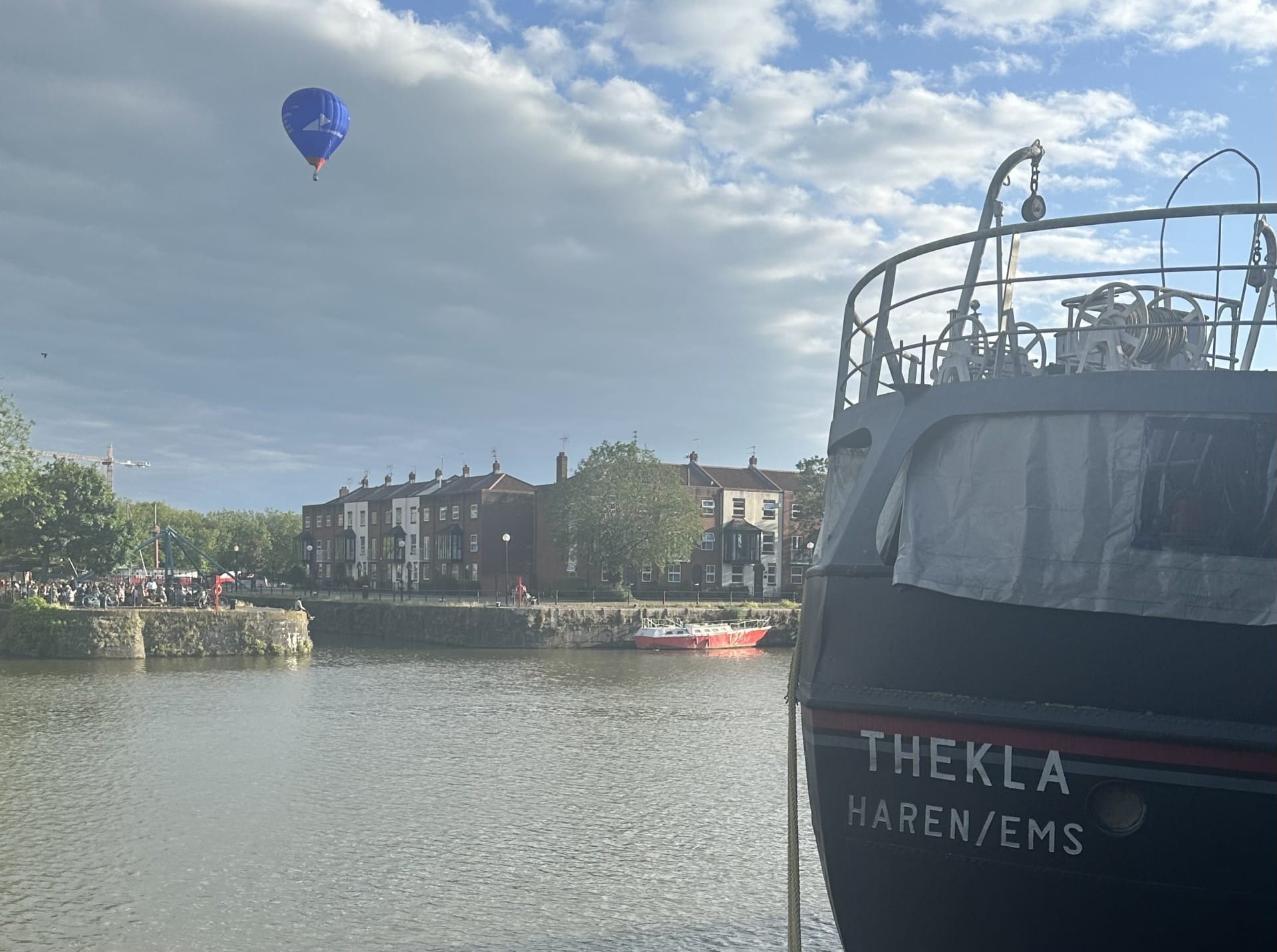By James Lewis, SciTech Subeditor
Bristol’s Balloon Fiesta, which takes place every August, began all the way back in 1979 and is responsible for Bristol’s ballooning pedigree. With visitor numbers reaching as many as 100,000 on each day of the four-day festival, Bristol is very proud of its association with this spectacular sight. During your time in Bristol, you will likely encounter one of these behemoths, but this begs the question – how exactly do they work?
The very simple answer – hot air rises. But how exactly?
While there are a few different designs of hot air balloon, the most common type is the Montgolfier. This concept was developed in the late 18th century and still dominates the ballooning world. It relies on propane, convection currents and favourable weather conditions.

So, how do they get up all that way? There are typically two canisters of liquid propane that sit in the gondola of the hot air balloon, which are attached to their own burner. This is the fuel, and yes, this is the same fuel that powers your barbecue at home. Pretty high-tech, right? The pilot uses two burners to mix the propane with oxygen, igniting it. One burner turns the propane into a gas (vaporisation) before ignition, which most efficiently burns the fuel and is the one used for launch. The other burner, known as the liquid burner, burns the propane while it remains – you guessed it – in liquid form. When flying over residential areas or close to livestock, this much quieter burner is used to avoid startling them.
The burner’s function is to heat the air inside of the balloon. But why? Well, as we have established, hot air rises. The lift of a hot air balloon is generated because hot air is much less dense than cool air. This is because, as energy is applied to the molecules inside the balloon, those molecules begin to move much faster, smashing into each other, and the balloon itself, in a more and more violent manner. This means that the space between each molecule increases.
In the same way that a ping pong ball floats in water, a balloon full of hot air lifts from the ground, because it is far less dense than the cooler air outside. The denser cold air is dragged by gravity underneath the balloon, pushing it up – this is known as buoyancy. The very same reason that your attic is hot, while the ground floor of your house remains cool, is the science behind how hot air balloons launch.
But now you find yourself soaring above the beautiful city of Bristol. At 600 metres off the ground, you can see everything – Thekla’s hallowed hull and that guy with a flag on his back giving out free tickets to SWX on King Street. But how do you steer? The wind is dragging you to Yate!
While hot air balloons can only be manipulated to travel vertically up and down, a skilled pilot can alter the precise direction of travel by tapping into different currents of wind at different altitudes. While they can’t go across, or up, the wind, at different heights the wind direction is varied slightly, so a pilot can go slightly to the right or slightly to the left.
A pilot, when asked where they will land, will assure you ‘on the ground’. This type of navigation is part science, part art, but really is quite safe despite its inaccuracy.
Even though the technology and mechanics originate from the 18th century, the sport has been revolutionised over and over again, while still maintaining its acoustic charm. The first balloons were made with cotton canvas and fuelled by a fire of wool and straw. Today, the balloon is built from nylon, chosen for its strength-to-weight ratio, its resistance to tears and abrasions, its heat resistance and its general durability. Charmingly, gondolas are still made from wooden wicker constructions, which offers advantages in weight, but nowadays they are reinforced with steel to ensure safety. Landings are inaccurate and can be bumpy, but gondolas are designed with this in mind, making landings as comfortable as possible.

So, the next time you see one of these ballooning beauties sailing across the sky, just know that they really aren’t that complex. The beauty lies in their simplicity. Their dedication to remaining unplugged, as we get faster and more efficient, is a testament to the unwitting genius of man to harness the rules of nature to take us to places that we really should not be allowed, especially in a wicker basket!
Featured image: James Lewis








